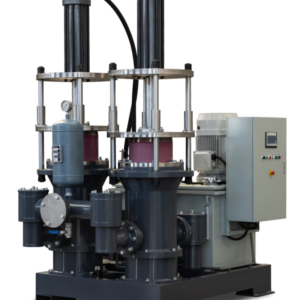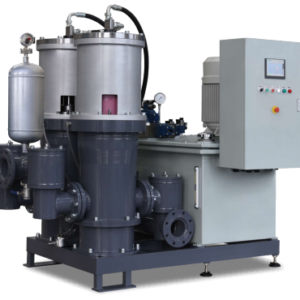Plunger pump
What Is Plunger Pump?
Plunger pump, also known as reciprocating pumps, use plungers and pistons to generate flow by suction and discharge. They comprise an air chamber, valve plates, plungers, and a drive mechanism. As the plungers move up and down in the air chamber, they create suction and pressure. Then it may draws liquid into the pump and forces the liquid out at the same time.
Some Key Features Of Plunger Pumps Below
Plunger pumps can pump highly viscous liquids with little leakage. The plunging action produces a vacuum effect that prevents liquid from seeping into the air chamber.
Transfer of viscous liquids like engine oil, grease, glycerin, etc. Plunger pumps perform well for highly viscous fluids.
Plunger pumps can generate pressures of up to 3000-5000 PSI depending on the materials and design. This makes them suitable for high-pressure applications.
Dosing and metering of chemicals or catalysts. The consistent flow from plunger pumps enables precise dosing of liquids.
Plunger pumps introduces lower shear compared to rotary pumps. This prevents damage to shear-sensitive liquids and solids.
Showing all 3 results

